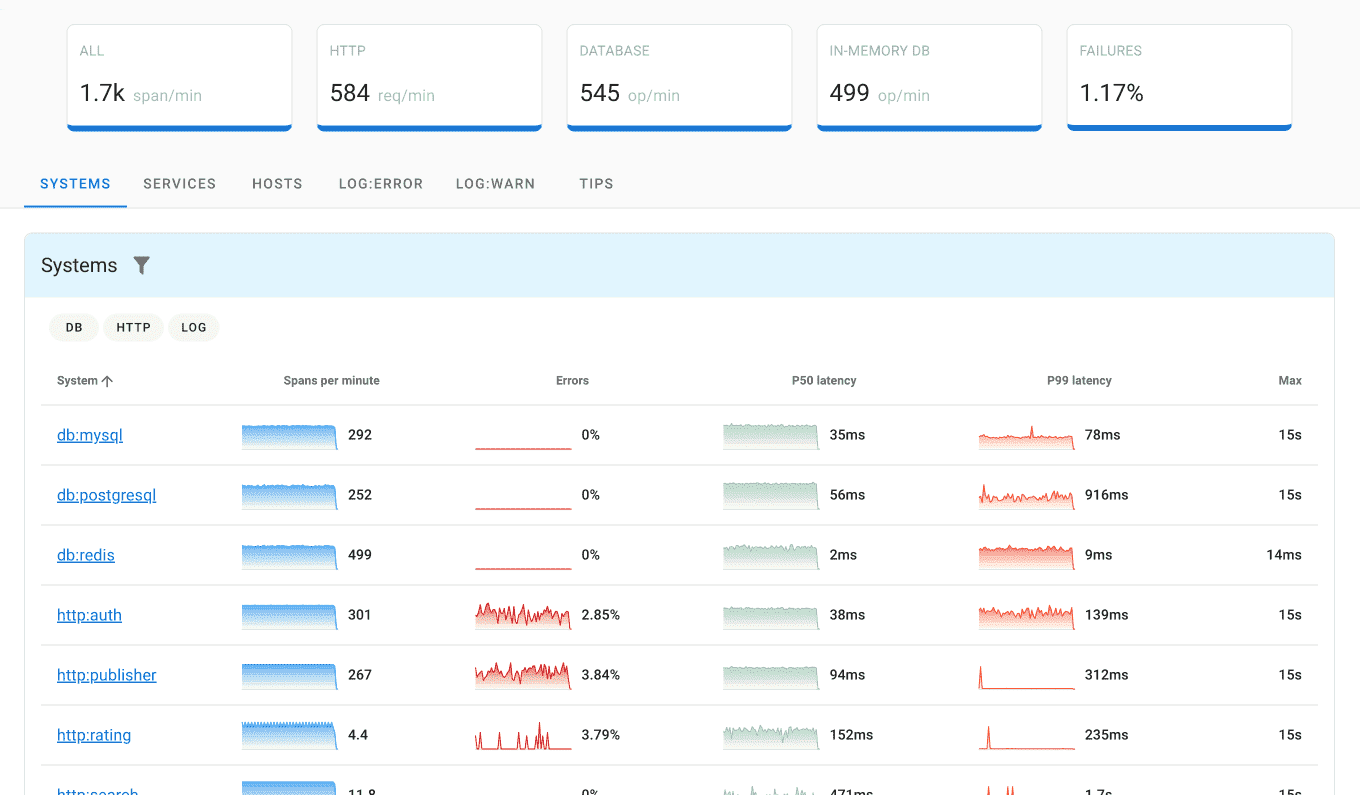Grafana vs Splunk - Features, Pricing, and Performance Compared [2025]
Monitoring and observability tools are critical for organizations to keep their systems running efficiently. Grafana and Splunk are two leading platforms that cater to various observability needs, but they differ significantly in functionality, user base, and cost. This article will explore their features, strengths, and limitations to help you choose the right tool for your use case.
What Is Grafana?
Grafana is an open-source observability platform focused on data visualization. It integrates well with time-series databases like Prometheus and InfluxDB. Grafana's flexibility and customizability make it a popular choice for teams looking for in-depth visualization dashboards.

Key Features:
- Custom dashboards: Create highly customizable visualizations.
- Data sources: Supports many data sources (Prometheus, Elasticsearch, etc.).
- Alerting: Set up alerts based on specific metrics.
- Open-source: Free for basic use, with enterprise features available at a cost.
Pros:
- Highly customizable dashboards and visualizations.
- Supports a wide variety of data sources.
- Cost-effective for smaller teams.
Cons:
- Requires more setup and learning time.
- Limited log management capabilities compared to Splunk.
What Is Splunk?
Splunk is a log management and analysis platform, often preferred by large enterprises with extensive machine data needs. Splunk excels at collecting, indexing, and analyzing data in real-time.

Key Features:
- Log management: Collect, index, and search logs from various sources.
- Search and query: Powerful querying capabilities for analyzing log data.
- Machine learning: Built-in ML tools for predictive insights.
- Enterprise-level scalability: Suited for large-scale deployments.
Pros:
- Industry-leading for log management and real-time analytics.
- Easy to scale for large organizations.
- Strong alerting and machine learning features.
Cons:
- High cost for enterprise licenses.
- Complex for smaller setups or teams with less expertise.
Grafana vs Splunk: A Feature Comparison
| Feature | Grafana | Splunk |
|---|---|---|
| Focus | Visualization and dashboarding | Log management and real-time analytics |
| Ease of Use | Requires setup and configuration | More intuitive for log management |
| Data Sources | Time-series databases (Prometheus, etc.) | Machine data from various sources |
| Customization | Highly customizable dashboards | Less customizable but easier to start |
| Log Management | Limited | Best-in-class log management |
| Pricing | Free (with paid enterprise options) | Expensive enterprise-level pricing |
| Scalability | Suitable for small to mid-sized teams | Ideal for large-scale enterprise use |
For teams primarily focused on log management capabilities, we recommend exploring our comparison of Open-Source Log Management Tools as alternatives to these platforms.
Open-source Alternative to Grafana and Splunk
While Grafana and Splunk dominate the market, other open-source tools like Uptrace provide flexibility, lower costs, and improved observability:
Uptrace
Uptrace is an open source observability platform that combines tracing, metrics, and logs in one place. It integrates seamlessly with OpenTelemetry and offers a user-friendly interface.

Why Uptrace:
- Unified Observability: Combines logs, traces, and metrics in a single platform.
- Open-source and cost-effective for both small teams and large organizations.
- Easy integration with OpenTelemetry for better application monitoring.
Conclusion
When choosing between Grafana and Splunk, consider your organization's specific needs:
- Choose Grafana if you need extensive visualization and have access to a variety of time-series databases.
- Choose Splunk if log management and real-time analytics are critical to your operations, especially for enterprise-scale deployments.
- For those looking for a cost-effective and open-source alternative that covers the full spectrum of observability, including logs, traces, and metrics, Uptrace is an excellent choice.
FAQ
Is Grafana better than Splunk?
It depends on your specific needs. Grafana excels in data visualization, while Splunk is stronger in log management and analysis.
Can Grafana replace Splunk?
Grafana can replace some Splunk functionalities, especially in visualization, but may not fully replace Splunk's advanced log management capabilities.
Is Grafana free to use?
Grafana offers a free open-source version with basic features. Enterprise features are available at a cost.
How much does Splunk cost?
Splunk's pricing is based on data ingestion volume and can be expensive for large enterprises. Exact pricing should be obtained from Splunk directly.
Can Uptrace be used as an alternative to both Grafana and Splunk?
Yes, Uptrace offers a unified platform for logs, traces, and metrics, making it a viable alternative to both Grafana and Splunk for many use cases.
You may also be interested in: